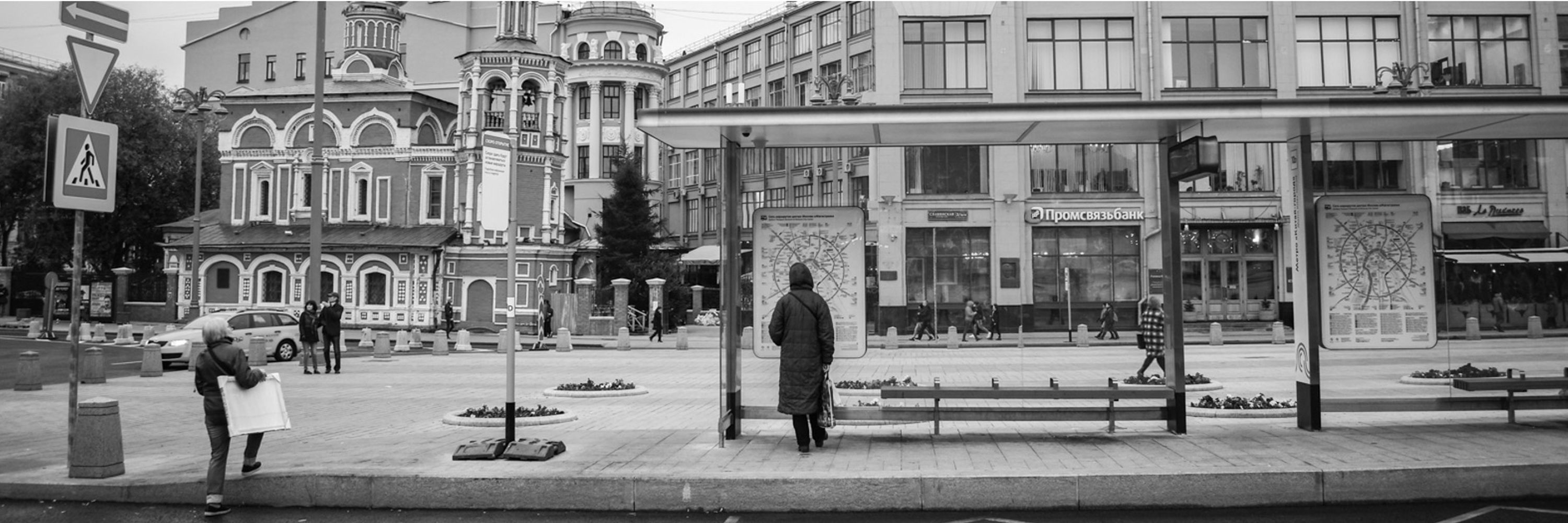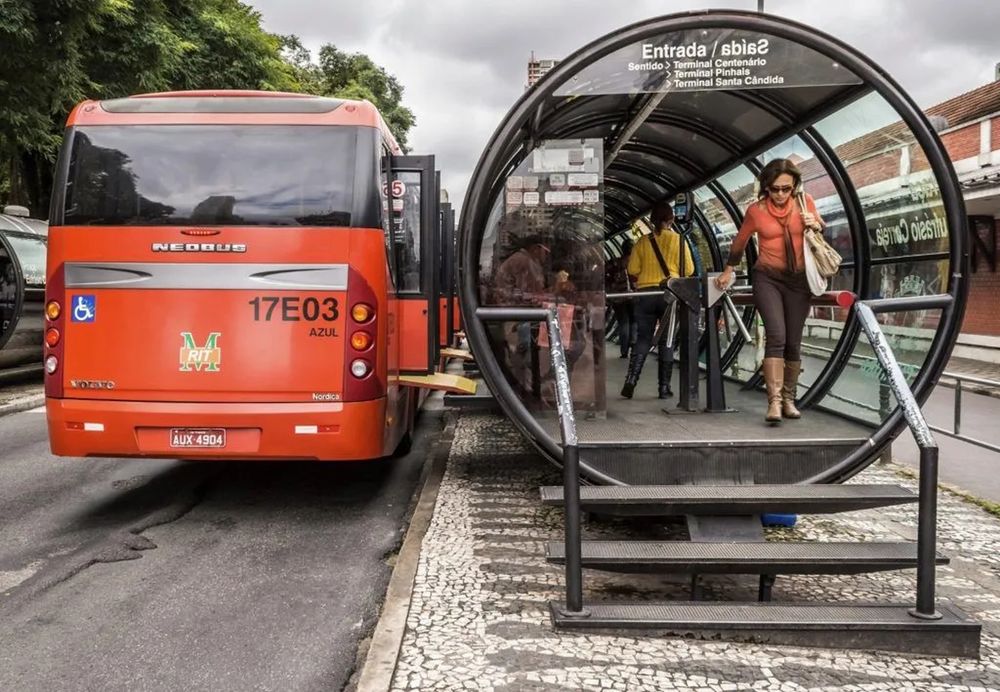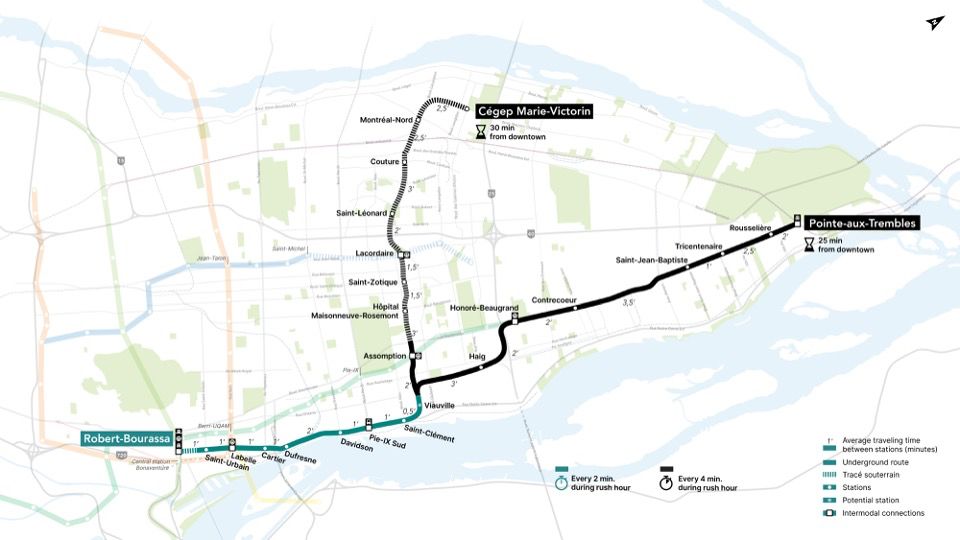
Formerly of Moscow, Russia.
Currently based in Melbourne, Australia.
Coffee, cities, public transportation, piano music.
Occasional cat noises may occur herein.
🏳️🌈
(The way Russian uses prefixes is akin to how English uses prepositions after verbs, i.e. is meaning-definitive.)
(The way Russian uses prefixes is akin to how English uses prepositions after verbs, i.e. is meaning-definitive.)
'Sviatoy Prestol' would be the collective designation of the Pope and the Roman Curia in Russian language, although people would just refer to 'the Vatican' without too much diving into the complexities of the definitions.
'Sviatoy Prestol' would be the collective designation of the Pope and the Roman Curia in Russian language, although people would just refer to 'the Vatican' without too much diving into the complexities of the definitions.
(Interestingly, Sofia metro was only opened in 1998, long after the Soviet Union ceased to be!)
Image: Transphoto, by Darai
transphoto.ru/photo/1805750/

(Interestingly, Sofia metro was only opened in 1998, long after the Soviet Union ceased to be!)
Image: Transphoto, by Darai
transphoto.ru/photo/1805750/
These won't last long: the new trains from Skoda are being supplied.
Image: Transphoto, by Dmitriy Romanenkov.
transphoto.ru/photo/2209733/
(The 1989 81-717 train is on the left)

These won't last long: the new trains from Skoda are being supplied.
Image: Transphoto, by Dmitriy Romanenkov.
transphoto.ru/photo/2209733/
(The 1989 81-717 train is on the left)
A mildly modernised version is still common on Line 1 in Kyiv, with the middle cars having their driver cabs removed. (All original cars were only produced in unified design with a driver's cab.)
A mildly modernised version is still common on Line 1 in Kyiv, with the middle cars having their driver cabs removed. (All original cars were only produced in unified design with a driver's cab.)
Of these, Budapest has two heritage trains (6 and 4 cars), and Prague has one (3 cars).
Of these, Budapest has two heritage trains (6 and 4 cars), and Prague has one (3 cars).
(Image to the right: Habr via TechInsider Ru)


(Image to the right: Habr via TechInsider Ru)
The original E series had an experimental door layout that had to be revised back to standard for Lines 2 and 3 in St.Petersburg resulting in Em/Ezh series.
Image: Transphoto, by 'NeVa'.
transphoto.org/photo/2207461/

The original E series had an experimental door layout that had to be revised back to standard for Lines 2 and 3 in St.Petersburg resulting in Em/Ezh series.
Image: Transphoto, by 'NeVa'.
transphoto.org/photo/2207461/
The horizontal bars may look better being anywhere between 3/4 and 2/3 as thick as they are now.
(can't wait to read this!)
The horizontal bars may look better being anywhere between 3/4 and 2/3 as thick as they are now.
(can't wait to read this!)

Outside of its inner city, it's not particularly dense, and it has a good share of mid-to-low-density suburbs.
The resultant combination of mobility, accessibility, and urban environment is phenomenal.
Outside of its inner city, it's not particularly dense, and it has a good share of mid-to-low-density suburbs.
The resultant combination of mobility, accessibility, and urban environment is phenomenal.


While REM, just like Métro, runs every few minutes, the regional rail lines run few services a day.
A better vision is needed.
While REM, just like Métro, runs every few minutes, the regional rail lines run few services a day.
A better vision is needed.

